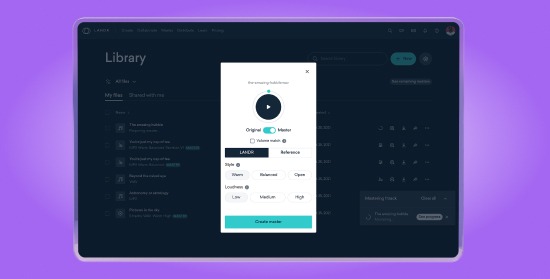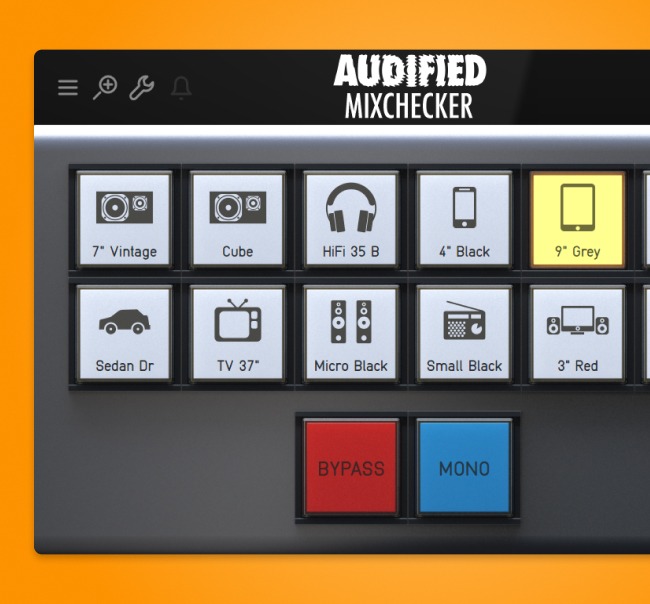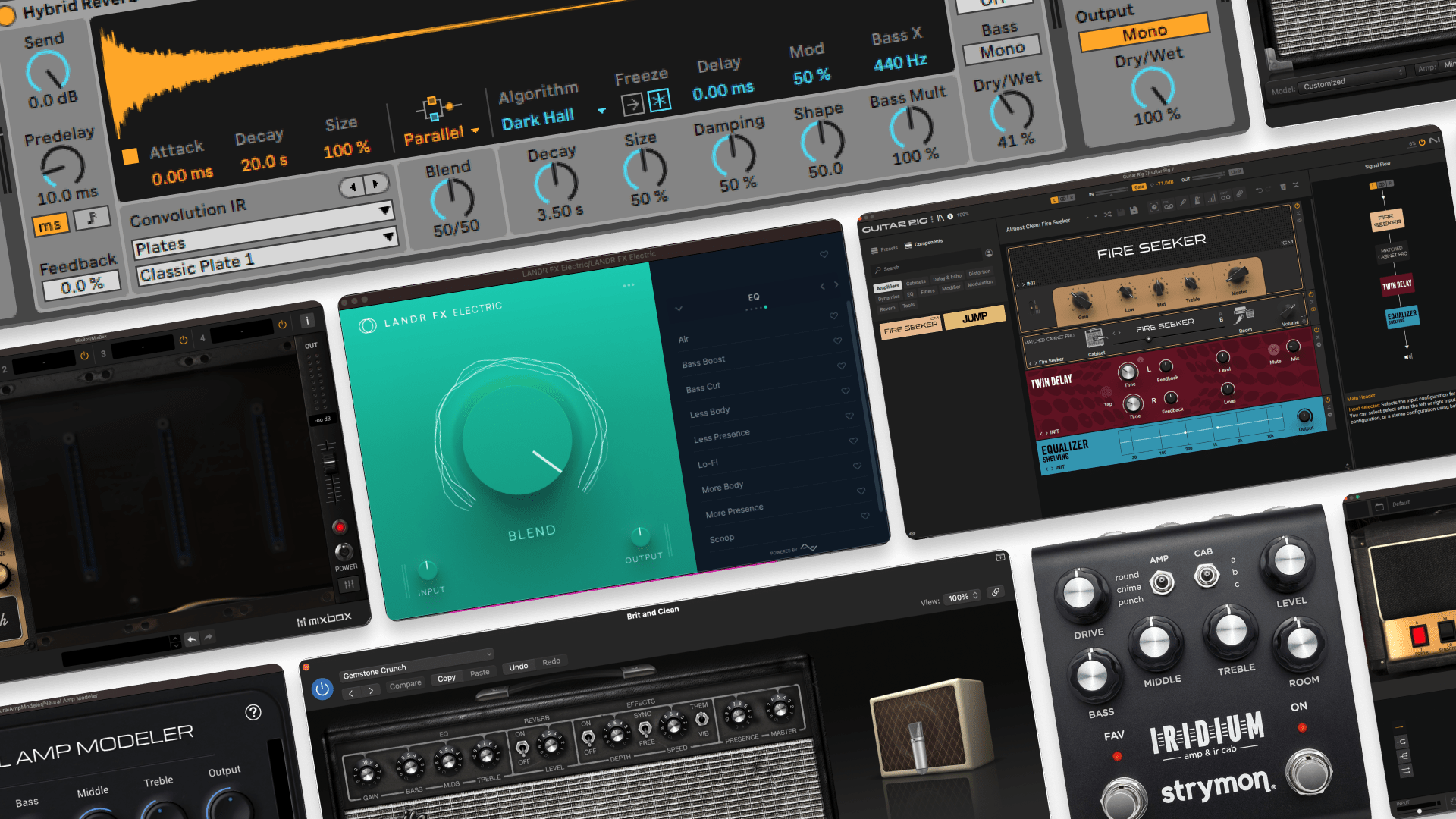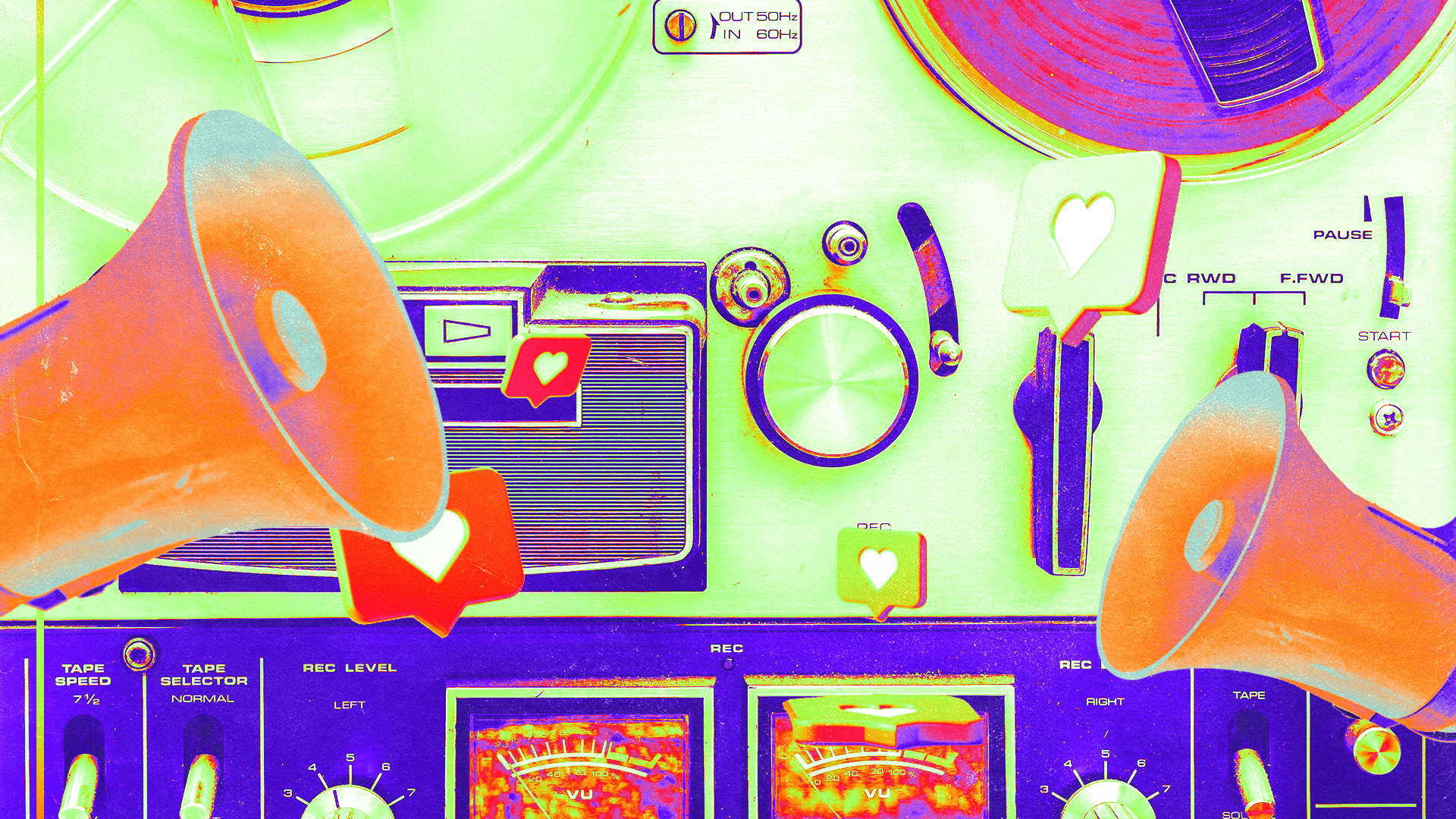
Mixing in Stereo: 4 Tips for Wider Sounding Tracks

Modern mixes need to sound wide and immersive in stereo.
But getting a strong sense of width and depth into your tracks isn’t always easy.
In fact, if you’re new to producing music you might not know where to start when it comes to mixing in stereo.
In this article I’ll break down 6 helpful tips for better stereo sound.
Let’s get started.
1. Pan some tracks wide
Panning is how you choose the position of a sound in the virtual space created by your left and right speakers.
Panning your sounds wide might sound obvious, but it’s a foundational technique for immersive mixes.
Many beginner and intermediate producers are hesitant to pan sounds out to the extremes.
But any wide sounding track is composed of a mix of positions, including the far left and right of the stereo field.
Experiment with more aggressive panning If you find yourself clustering too many tracks in the center area of your mix.
Panning is how you choose the position of a sound in the virtual space created by your left and right speakers.
If you need a refresher on how panning works, head over to our guide to brush up.
Hot tip: One method you can try to avoid this problem is called the LCR technique. It’s a simplified approach to panning where you only pan sources hard left and right or directly center. Check out this guide to LCR mixing for a breakdown of the technique.
2. Don’t use too many stereo tracks
It might seem at first like more stereo sounds means a wider mix. But unless there’s a reason for the material to be in stereo it usually isn’t a good idea.
Stereo sounds get their sense of dimension from the difference between the left and right channels of the audio.
Stereo sounds get their sense of dimension from the difference between the left and right channels of the audio.
This works great for sounds with natural stereo spread like piano, drum overheads or modulating synth pads.
But it’s not always better for every track in your session to have stereo information.
Hot tip: Want more mix tips and easy to follow production explainers? Subscribe to the LANDR Newsletter and get our top posts in your inbox.
Never miss a post from the LANDR Blog.
Get the newsletter weekly.
For example, stereo bass sounds are especially problematic for mono compatibility.
The term refers to how well your mix holds up when it’s summed down to a signal channel.
It may seem antiquated to care about mono playback systems, but in reality they’re everywhere.
Phones, Bluetooth speakers and most other portable audio devices don’t have enough physical distance between speakers to produce a wide stereo image. That means your mix becomes narrower and closer to summed mono.
With certain techniques for creating stereo width you can create an image that cancels out when summed together.
It’s crucial for your bass sounds to remain strong and powerful to give your song foundation—even in mono.
The best way to avoid this effect is to use mono tracks for bass and stay away from any plugin types that artificial add stereo information to the signal.
The same goes for other sound sources that need to collapse well to mono.
Hot tip: LANDR Mastering uses intelligent stereo processing to create masters with enhanced stereo width and improved center focus. Listen to a free preview to hear how LANDR can enrich the depth and spread of your mix.
Preview your mastered track for free
3. Use stereo send effects
With that caveat out of the way, you should still use some stereo processing to help create width and space in your mix.
If you captured your tracks in mono, ambience effects delay and reverb are a perfect way to add depth and dimension in stereo.
You won’t have to worry too much about compatibility issues affecting the dry signal if you blend them in parallel on a bus.
Instead, stereo reverbs will create overlapping reflections that can fill in space from left to right. Stereo delays will add subtle movement and modulation between channels.
You can even pan the dry signal differently from the stereo aux return to craft complex spaces.
Experiment with modulation and width parameters on your send effects to adjust the spread of stereo information.
4. Free up space in the center
Great mixes are all about contrast and presentation.
It might sound counterintuitive, but one way to get a greater sensation of width is to keep the center of your mix clear and defined.
By letting the most important elements of the mix dominate the middle, you can create more contrast with the widest elements on the sides.
By letting the most important elements of the mix dominate the middle, you can create more contrast with the widest elements on the sides.
I typically keep my kick, snare, lead vocal and bass dead center in the mix for the most direct sound.
Beyond that I try to be more critical about what needs to be panned center. If you pan the rest of your elements liberally, you might not need to add much more in the middle.
Stereo system
Unless you’re creating a multichannel mix, you’ll probably bounce all your tracks in a good old-fashioned stereo.
That’s why it’s so important to understand how to get a wide sound.
Luckily, mixing in stereo is straightforward if you understand what makes stereo panning work.
If you’ve made it through this article you’ll have some great tips to help you get started.
Gear guides, tips, tutorials, inspiration and more—delivered weekly.
Keep up with the LANDR Blog.





